Today many of us feel a need to act; a symptom of the urgency that seems to be a defining characteristic of the time in which we live. Populist and alt-right ideals are breaking into society with surging power, and it is telling us that this is the time to make suggestions and protest against that which we believe unjust, discriminatory or which we see as supporting out-dated models and structures.
In addition, we are currently faced with an educational crisis. Distrust in higher education models are growing, especially in the US and UK. Many schools are now increasingly branding themselves as service providers for customers rather than organisations with the core mission of generating knowledge. Colleges and universities are in the process of pricing themselves out of the market, parallel to stories of servicers of student loans, evoking the term loan shark.
It was however not these events that made João Doria and I initiate The Ventriloquist Summerschool in Oslo in 2015. It was not with the intent to criticise or provide an alternative to the current educational structures in place in Norway. Rather it was from an interest in cultivating discussions and discourse we saw lacking in our regional and local environment, as well as making room for diverse practices to co-exist. In asking how to create those spaces and discussions, one answer was: Let’s start with bringing people together.
In Stavanger, the summer program Sommerskolen was recently renamed Independent Study Program. Run by Geir Haraldseth of Rogaland Kunstsenter, this past summer’s program brought together seven participants from around the world for one month of intensive work. I was lucky enough to be one of the visiting faculty.
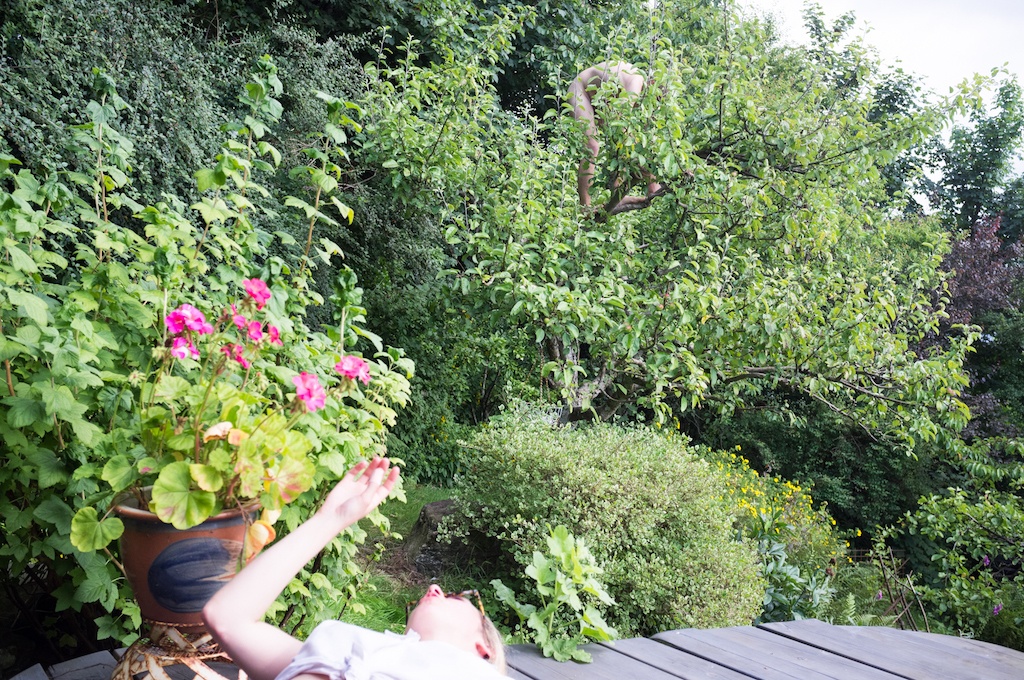
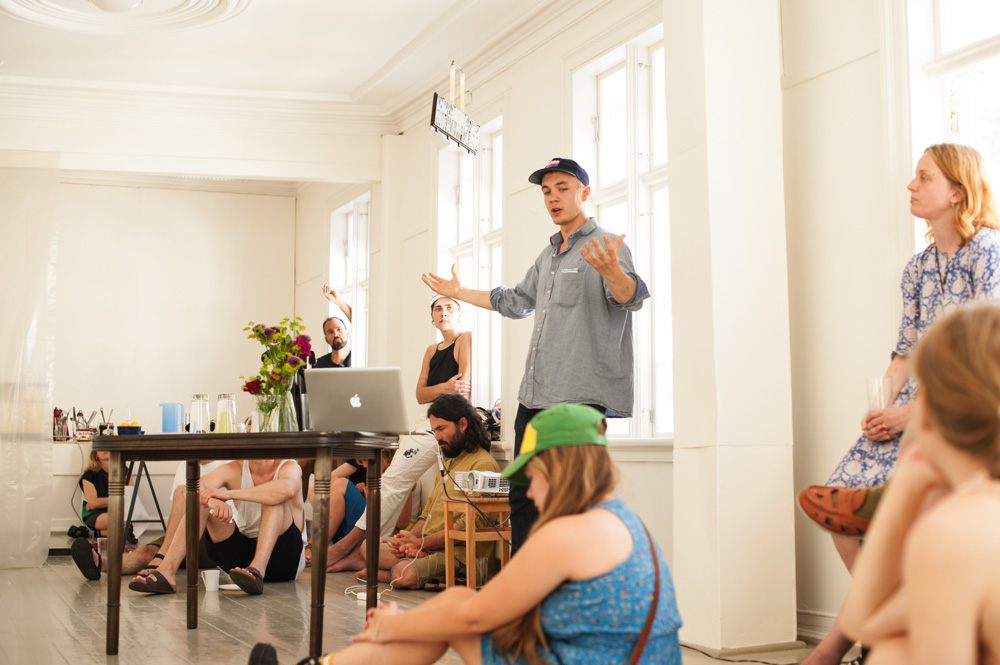
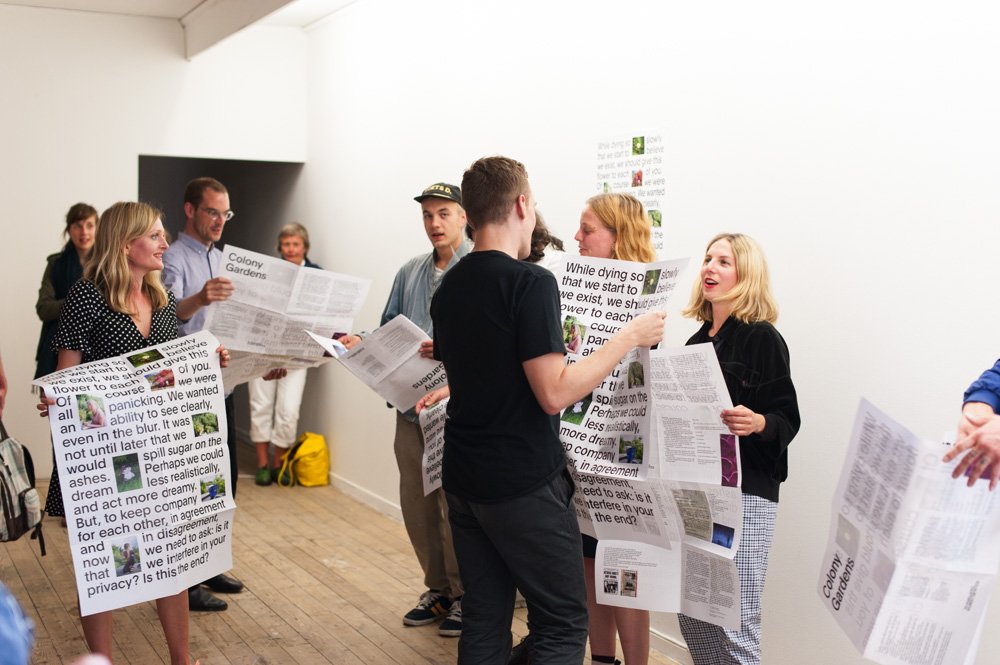
Today different formats for summer schools in the arts are appearing all over the globe. They are as different as they are similar. 1
- Some that comes to mind include Asterisk Summer School (Estonia), Houserules Summer School (UK), A School, A Park (Canada), Werkplaats Summer School (Italy), A Escola Livre (Brazil), Trojan Horse Summer School (Finland).
At Pioneer Works’ The Alternative Art School Fair (AASF) in 2016, over 50 different alternative education initiatives were present – each generated from specific needs or desires to be in the world – brought together under one roof for the duration of a weekend. In an accompanying interview, co-curator Cathrine Despont, stated in reference to AASF speaker and architect, Craig Wilkins: “…alternative schools don’t exist just to resist the institution. They exist because they are necessary for the people who make them.”
I would add that today, these schools seem to be necessary not only because of the financial situation many would-be-students find themselves in. They also exist because of a need to come together and dedicate time to one another. Through this we might be on the way to genuinely learning from each other and potentially generating positive change as a consequence.
“Freire advocated a condition in which participants are learning with the students and that through this form of learning, students can break free from a coloniser-colonised or oppressor-oppressed relationship.”
Acquisitions of knowledge
You could argue that the current iteration of the summer school format grows out of a heritage of radical pedagogy of the 1960s and 1970s. In this time period, small counter-education initiatives sprang up both inside and outside the institution. Some of the ideas that these initiatives were modelled trace their lineage to the Brazilian pedagogue and theorist Paulo Freire and his seminal book, Pedagogy of the Oppressed (1968). Freire advocated a condition in which participants are learning with the students and that through this form of learning, students can break free from a coloniser-colonised or oppressor-oppressed relationship.
One specific source of inspiration and interest for me personally is the feminist radical pedagogy of The Feminist Art Program and the Women’s Design Programs, as well as The Woman’s Building, which grew out of LA’s California Institute of the Arts in the early 1970s and into its own independent organisation. It was spearheaded by designers and artists Sheila Levrant de Bretteville, Miriam Shapiro and Judy Chicago, and art historian Arlene Raven. Working from a feminist perspective, they used similar principles as those laid out by Freire, which saw the students and organisers as together being capable of creating change.
To describe summer schools today as radical might be misleading, even though many of them seem to exist in a similar tradition to education initiatives that would describe themselves in these ways. The term “alternative” is one often used, though it is hard to truly understand what it constitutes as a term within the arts field.
Even if many of the current summer school formats and alternative education initiatives seem to harbour a closer relationship to the time we are living in and its aforementioned urgency than to historical sources, it’s worth looking closer at the ties to historical movements. Similar eras of tension in Europe and the Americas, specifically the protests of 1960s, were largely fuelled by students.
In his new book, Futurability: The Age of Impotence and the Horizon of Possibility (2017), theorist and activist, Franco Berardi touches on education and its current crisis at the hands of neoliberal market models. My colleague at TVSS, João, shared with me the chapter where Berardi writes about how the 1968-wave missed the chance to take down the capitalist systems that have led to the educational crisis we are in currently. According to Berardi it was their lack of imagination that led to their downfall. By not expanding their minds to understand the capitalist system as more than just “Geers, wheels, levers” they became: “… trapped by the old concept of political revolution.”
Even though the student movements did indeed contribute to change, among other things contributing to the civil rights movement, it did perhaps not bring about the massive revolution the movement first envisioned – though the measuring of change is indeed tricky. Berardi goes on to say that the neoliberal reformation of education has led to it becoming “a space for mere acquisition for specialised knowledge, a space where individualism and competition are cultivated to the detriment of solidarity and consciousness”.
I ask myself, can the summer school model engender for solidarity and consciousness? Is it too much to hope that the prompt of one week of being together can indeed generate change that is substantial, that can expand our imaginations to acknowledge and act upon the current and potential future situations that are in need of change?
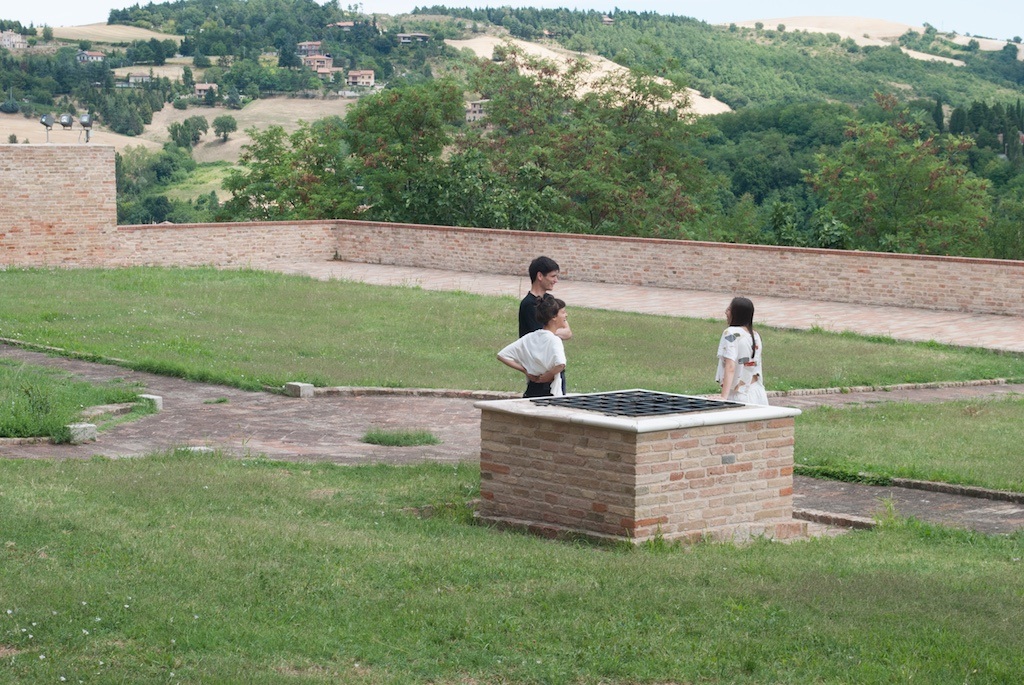
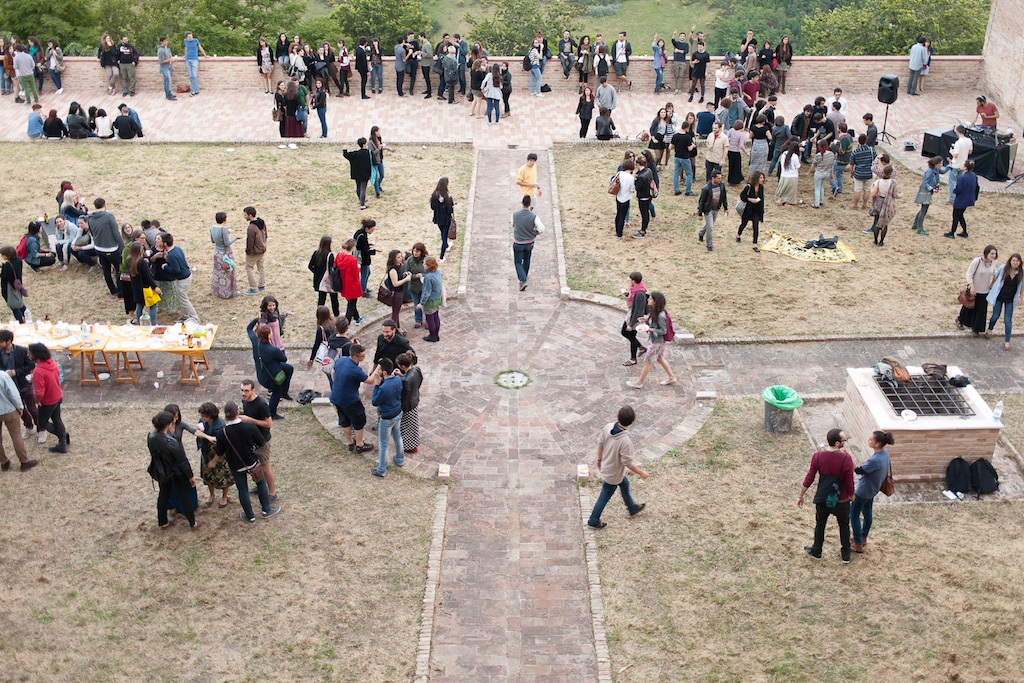
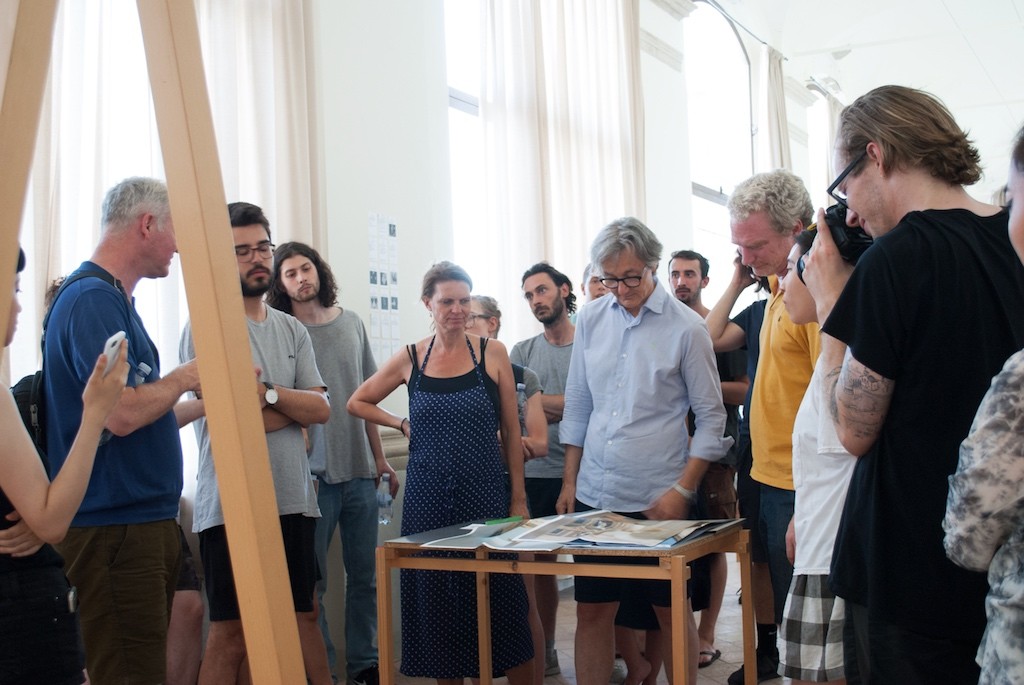
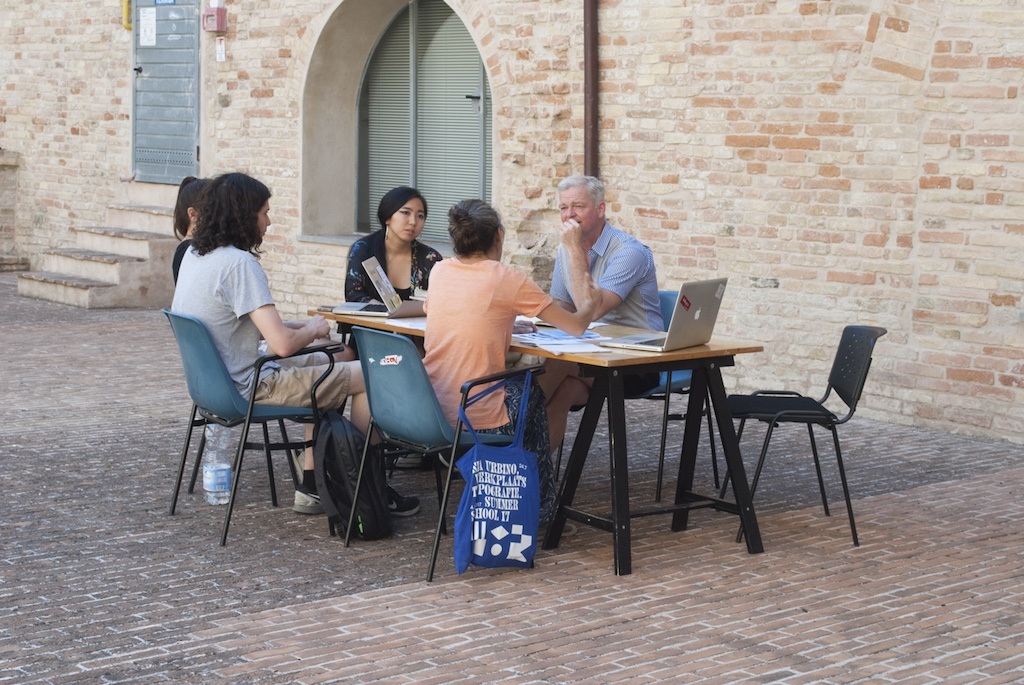
The movement of participants
The participants of summer schools are often people coming from different points in their practice including students, teachers and professionals, and generation gaps are not uncommon. Most summer schools in the arts today tend to welcome those who are genuinely interested, regardless of their practice. But from the perspective and subsequent critique of second-wave feminism, comes the question of how alternative education models can include more than those privileged enough to partake in a school that is on the other side of the Atlantic Ocean, or for that sake, in a different city, or who have the possibility to take a week or more off from work to attend. It is not only for the participants that money is an issue. Due to the lack of funding last year, we who organise TVSS were forced to reassess the format of the summer school. When our one week situation could no longer happen, it meant we needed to reconsider if TVSS would be happening at all. Instead we migrated, the summer school became a series of workshops, a radio channel, our current print press kept running and we travelled abroad to teach as TVSS.
For us this means that it was no longer the format that dictated what the summer school was, but rather the discourse from which it uses to work. In our case this is the aspects of voice and artistic accountability.
These happenings also made me think of what it means to succeed in the context of counter-culture initiatives. Because many alternative education models contribute with something non-measurable (as is also the case of several traditional educational formats), where the sense of merit is up to each individual to define for themselves, evaluation becomes about constantly modifying what you set out to do.
In more traditional education the focus, in the aftermath of PISA and the Bologna process, has tended to be on measurable merits and what can be called a sense of arrival, as well as the quantitative goals reached by the students. A question many summer schools seem to ask is, what can it prompt to focus on the movement in the process of being together rather than any kind of finality on the part of the participants?
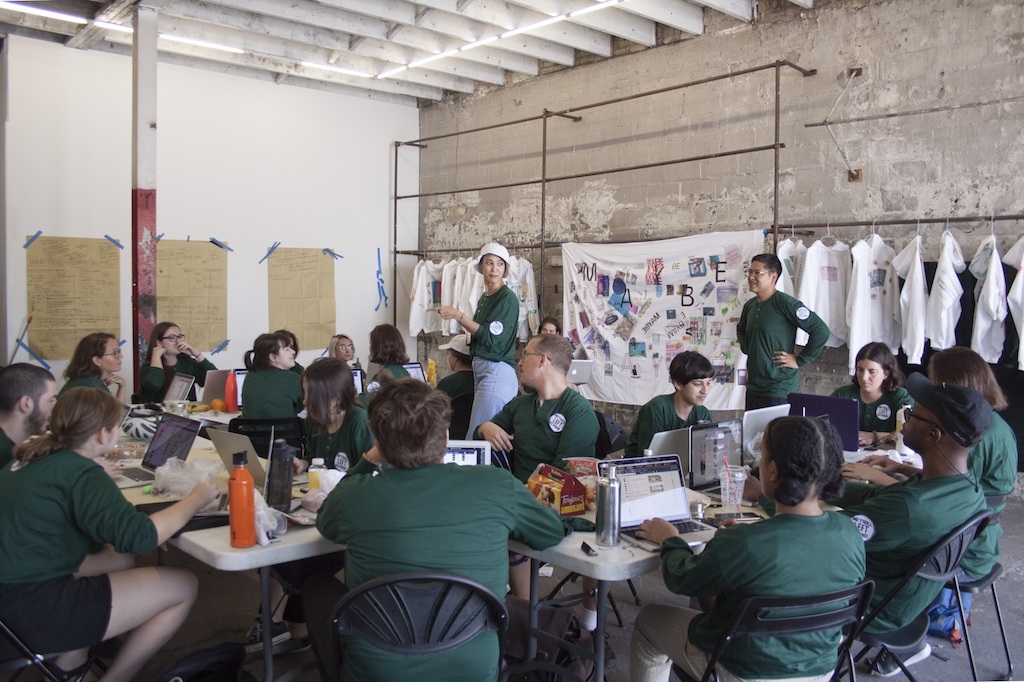
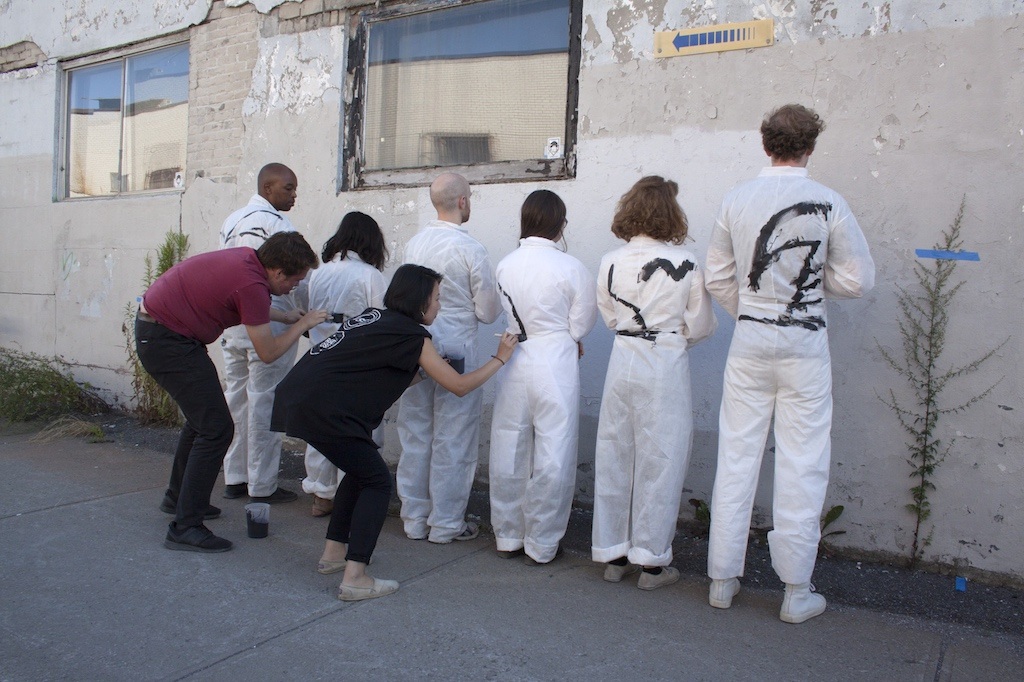
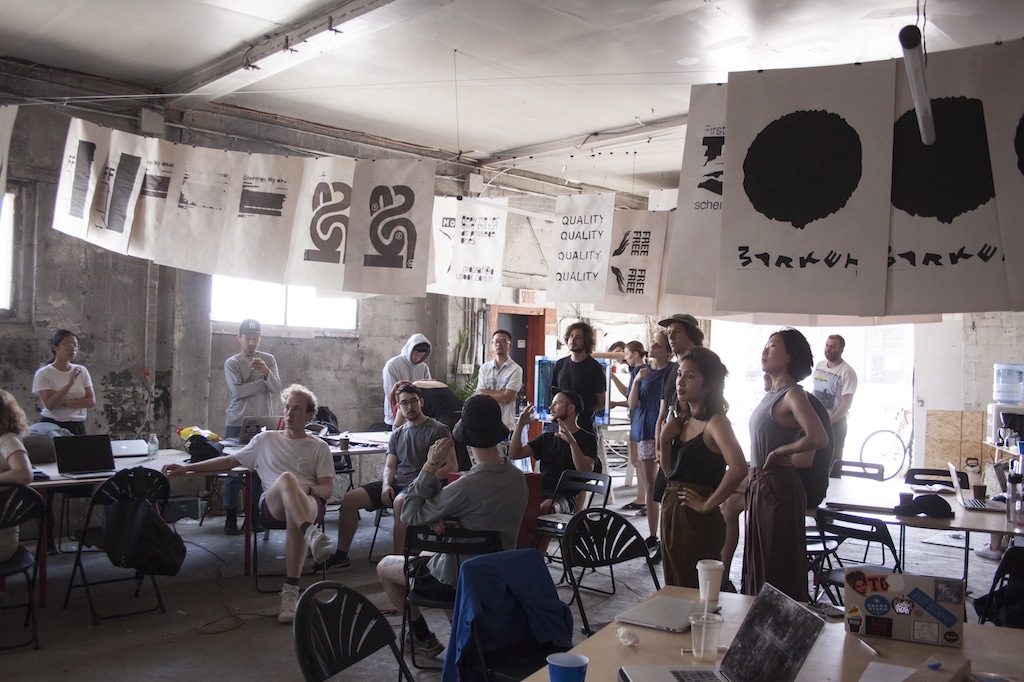
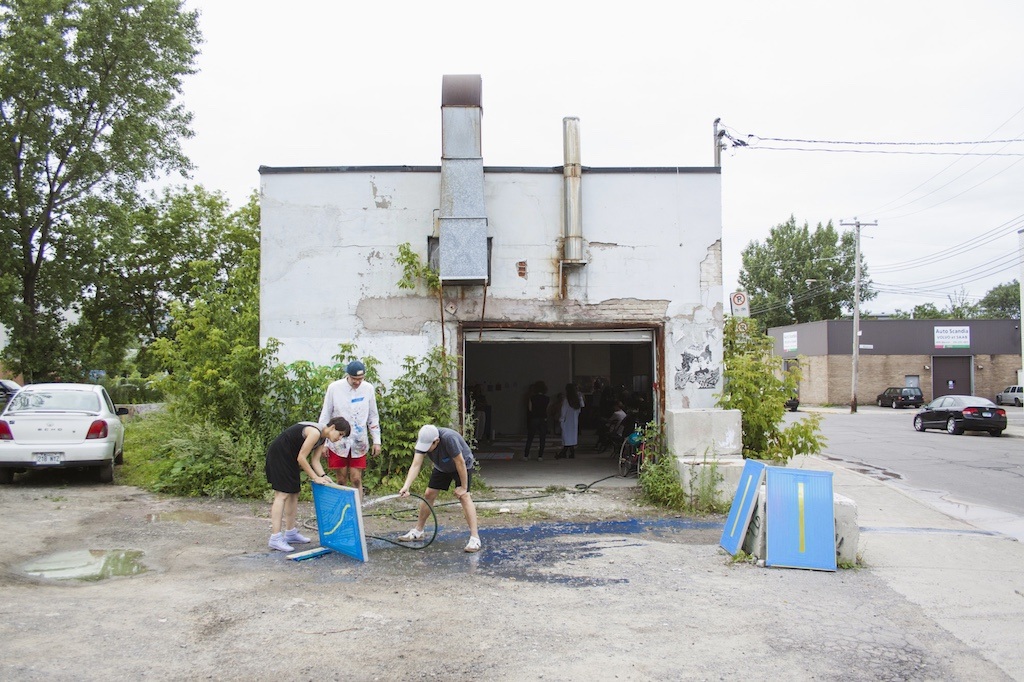
“Not only are summer school formats about coming together to make work, to discuss and to create new bonds, some of them also suggest an inherent focus on process and the becoming of something rather than the achieving.”
Keeping it flexible
On the topic of movement, many summer schools seem to be working to understand where they are going, both in the sense of reflexivity but also in the sense of continuous change when something is in need of evolution. Not only are summer school formats about coming together in a space to make work, to discuss and to create new bonds, some of them also suggest an inherent focus on process and the becoming of something rather than the achieving.
There is no single reason for establishing alternative education models or the newly repurposed summer school format within the arts. A summer school format is not necessarily the same as socially engaged art initiatives, institutional critique or a pure alternative to the educational crisis, yet a summer school can inhabit all of these elements and exist without the prevalent interest in any of them. One of the liberating factors of an independent summer school is its own flexibility in migration and movement – and the possibility to change from year to year due to a non-existing higher bureaucracy.
Perhaps the ultimate challenge a lot of independent education initiatives are faced with is the question of how long it can stay “alternative”. Facilitating for fixed pay, pension, a steady pay raise and values that should be in place in any work situation also dictates the need to become increasingly professional.
As the summer school format becomes professionalised, a challenge will be how we keep the flexibility and continuous movement that have been a crucial part of forming it.
If we go back to Berardi, he accuses the 1968’s wave of being trapped in old concepts of political revolution. The summer school format is in no way a new concept, nor is the idea of coming together to generate change. Worst-case scenario: the summer school format can become a clique-y gang of people who are feeding their own idealisms. But in the best case, the summer school format holds the potential to expand our imaginations, increase solidarity with our peers and perhaps also bring about the slow moving and sometimes non-measurable process of change.
Kristina Ketola Bore (1986) is a design critic, editor and educator based in Oslo, Norway. She is a co-founder of The Ventriloquist Summerschool and works as a critic, writer and subeditor of the journal Periskop. She lectures internationally on the topic of critical thinking in design.

